First Things First: Learning the fundamentals of tying a horse
You’d think tying a horse would be as simple as parking a car, but it turns out there’s a few more things to consider when it comes to safely parking our equine companions.
Before we begin, I’d like to acknowledge there are A LOT of opinions on best practices when it comes to tying horses. As a disclaimer, the following is not meant to be an exhaustive list of every concern or recommendation, but rather a quick summary of reminders to help us keep our horses, other people and ourselves safe as we go through our day-to-day routines.
To understand the importance of learning proper ways to tie a horse, we must first consider the horse’s nature. These animals have incredible reaction speeds and were given a natural gift of the fight or flight response to help them survive in the wild. In training, we are constantly trying to overcome some of these responses while maintaining a sense of brilliance in the horse’s demeanor.
When it comes to tying horses up, it’s important to remember their nature. If tied improperly, horses can have extremely dangerous responses and consequently injure themselves or others.
One main reaction a horse can have is to run or get away from what they are afraid of. This is normally to their advantage, but when tied this works against them and can have severe consequences if not addressed properly. When a horse tries to get away by pulling back when it’s tied we call this setting back, and if you’ve ever witnessed it, you know it can be pretty traumatic.
Because of this it’s important to know where to tie, how to tie and things to avoid when tying.
Where to tie:
When it comes to tying a horse up, there are some key locations and spaces that are safer than others. Below are a few pointers:
- Make sure to leave plenty of space between your horse and the next one over. Unless you know the other horse well and know that he or she is very quiet, you should maintain enough distance so that each horse can have its rear end toward one another, extend its hind feet and still not be able to touch the other.
- If tying to a fence, tie to the vertical posts going into the ground verses tying around a horizontal piece. This will keep the tie from moving back and forth on the fence as well as make sure that if the horse sets back, the fence won’t break and cause bigger issues (posts are generally stronger than the horizontal planks).
- Make sure to tie high enough on the fence as well. The knot should be around the same height as the horses withers.
- Make sure that the ground where you are tying the horse is safe and there are no holes, gaps, debris, etc. that could cause harm to your animal.
Basic knot options for tying a horse:
OPTION 1: The Slip Knot
This is probably the most widely used knot for tying horses. Because of the horses flighty nature, having a way to release them from a tie quickly is extremely important in case they spook, there’s an accident or you just need to untie them quickly for any reason.
How to tie a slip knot:
OPTION 2: Blocker Tie Rings
OPTION 3: The Multi-Wrap
This option is used by a lot of trainers with younger horses or horses that have less experience being tied. It’s used best on a pipe fence and this is one time where it’s best to tie on the horizontal beam versus the vertical post. Basically you wrap the rope three to four times over itself on the horizontal beam. We use this knot because if the horse happens to spook or set back, the pressure will release, they will be able to step away from the fence and will be able to avoid a bigger wreck than what would have happened if they were hard tied to the beam.
Tying mistakes to avoid:
- Don’t tie too low or too long. If the lead rope is longer than two feet between the horse and the knot, it’s possible for the horse to get a leg caught over the top of the rope which could cause a major issue.
- When you’ve bridled your horse, either untie the leadrope or clip your halter up around chest level. If the lead rope is left tied with the halter dragging or hanging towards the ground this is a MAJOR hazard. If a horse got a leg caught in it, it could lead to a serious incident; many injuries have occurred to horse and rider because of this.
- Don’t tie in areas where your horse’s halter could get hung on surrounding surfaces (including but not limited to pipes, gate latches, chains, doors etc.
- Do not use reins to tie your horse up when it is bridled or has a bit in its mouth. If the horse set back it could severely damage the horse’s mouth and cause major long term issues.
In closing, like I said there’s lots of opinions here, and I deeply encourage you to go on your own discovery journey to find what works best for you and your horses.




